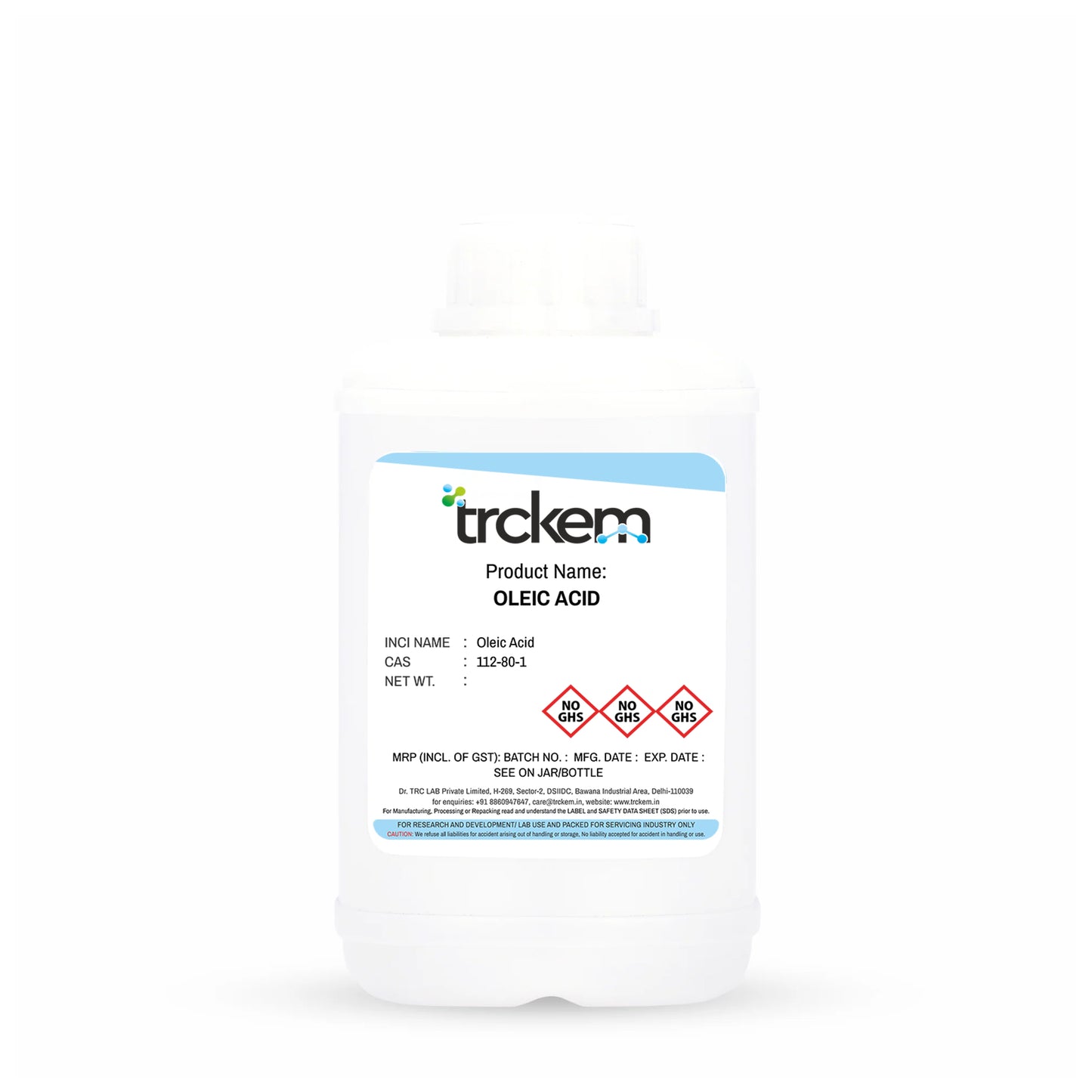

FAQ (Frequently Asked Questions)
1. What is Oleic Acid?
Oleic Acid is a monounsaturated fatty acid that is naturally found in various animal and vegetable oils, with olive oil being one of its richest sources. It has a wide range of uses in personal care products, including skincare, haircare, and cosmetics.
2. How is Oleic Acid used in the personal care industry?
In personal care products, Oleic Acid is primarily used for its emollient, moisturizing, and conditioning properties. It helps to soften and smooth the skin and hair by replenishing natural oils, making it a common ingredient in lotions, creams, shampoos, and hair conditioners.
3. What are the benefits of Oleic Acid for the skin?
Oleic Acid helps in improving skin hydration, maintaining the skin’s elasticity, and reducing dryness. Its soothing properties make it suitable for sensitive skin and dry skin conditions. Additionally, it has antioxidant properties that help protect the skin from environmental stressors.
4. Is Oleic Acid safe for use in cosmetics and skincare products?
Yes, Oleic Acid is generally regarded as safe for use in personal care products. However, as with any ingredient, some individuals may experience skin sensitivity or irritation. It’s recommended to do a patch test before using products containing Oleic Acid, especially for those with sensitive skin.
5. What are the potential side effects of Oleic Acid in personal care products?
Oleic Acid is well-tolerated by most skin types, but excessive use in high concentrations may lead to clogged pores, particularly for individuals with oily or acne-prone skin. It is important to use products formulated with Oleic Acid as directed.
6. Is Oleic Acid suitable for all skin types?
Yes, Oleic Acid is suitable for most skin types, including dry, sensitive, and normal skin. However, individuals with oily or acne-prone skin should be cautious, as its heavy texture could potentially exacerbate breakouts.
7. What is the INCI name of Oleic Acid?
The International Nomenclature of Cosmetic Ingredients (INCI) name for Oleic Acid is Oleic Acid.
8. What is the CAS number for Oleic Acid?
The CAS (Chemical Abstracts Service) number for Oleic Acid is 112-80-1.
9. Can Oleic Acid be used in hair care products?
Yes, Oleic Acid is beneficial for hair care as it helps to nourish the scalp, reduce frizz, and improve the overall texture of hair. It is commonly used in hair oils, conditioners, and styling products.
10. How should products containing Oleic Acid be stored?
Products containing Oleic Acid should be stored in a cool, dry place, away from direct sunlight and excessive heat, to maintain their effectiveness and prevent any degradation of the product.



